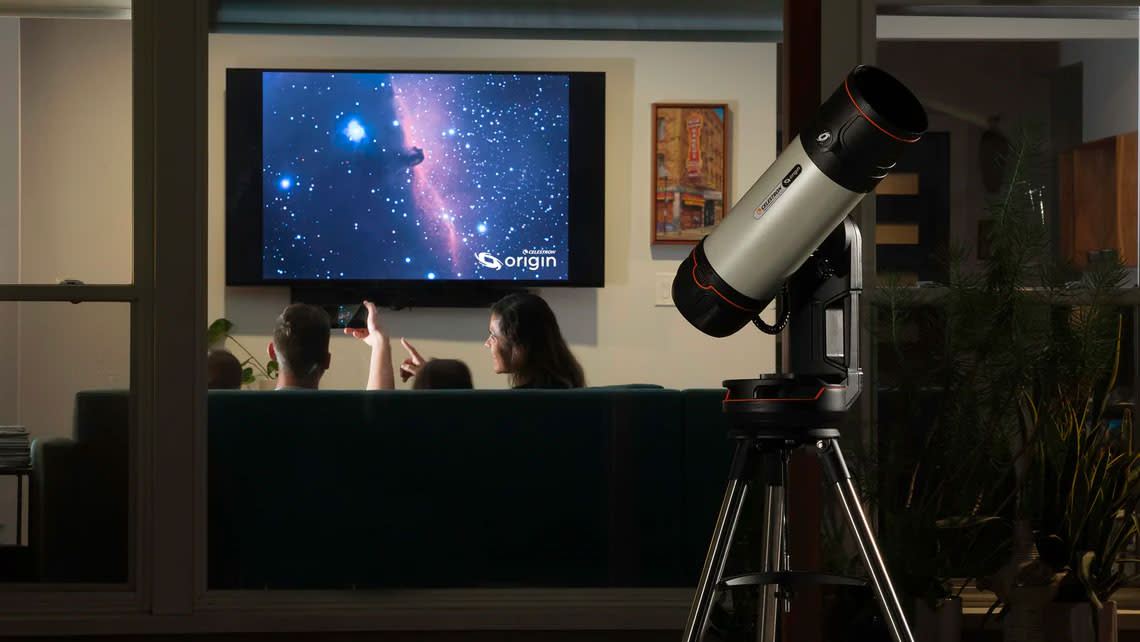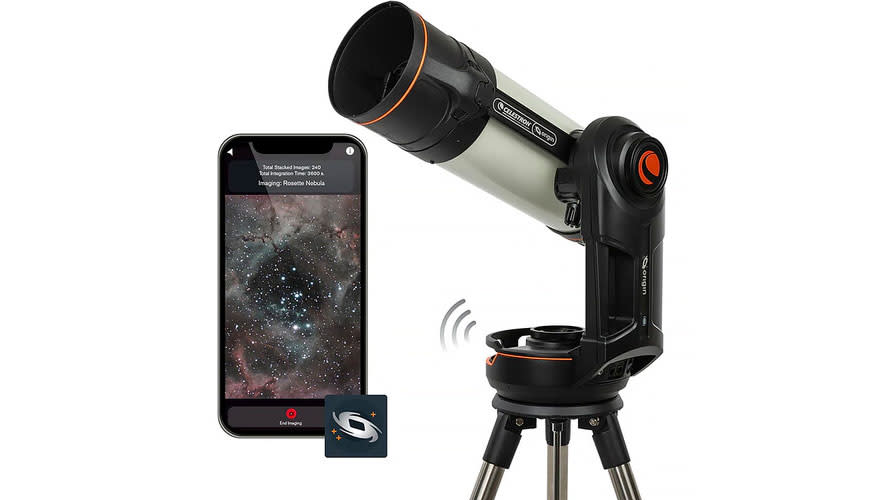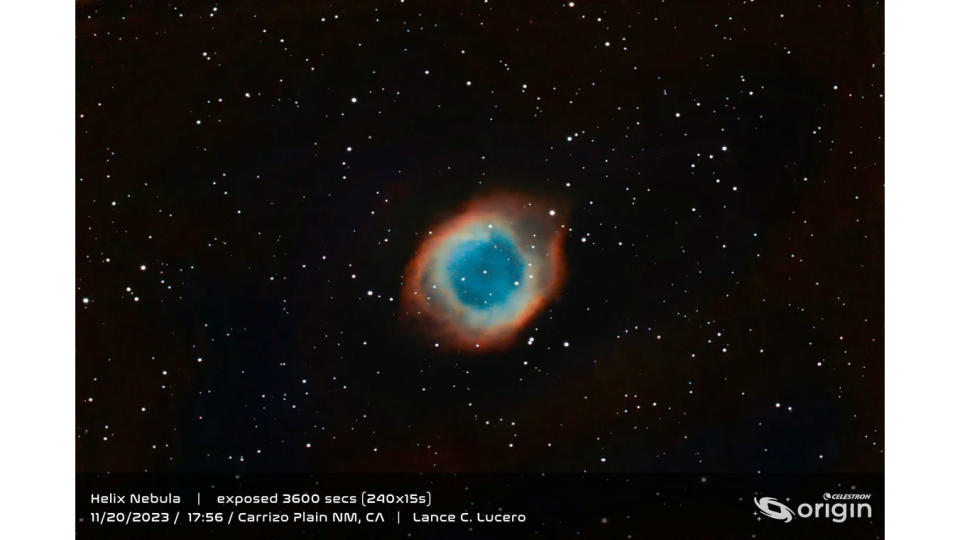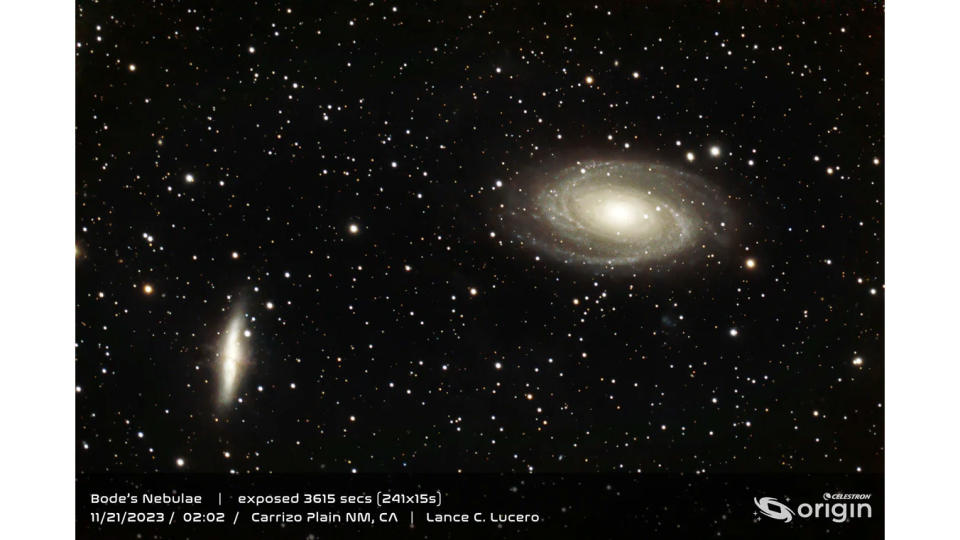Telescope company Celestron creates "World's first smart home observatory"

Looking out into the stars has its complications, as all amateur astronomers have learned over the years while attempting to align their scopes with distant celestial objects. This has become, if anything, harder in recent years as we have come to depend on apps to act as star charts – something I remember from standing out in my dad's back garden last summer (sadly I live in the city so it's only visiting the countryside in which stargazing becomes possible).
Celestron, which is the biggest brand in telescopes, has created what might be the perfect solution to both parts of the problem my dad and I were having; aiming the telescope and our eyes adjusting to the light. The Celestron Origin, is the company's first smart telescope, and features a 6.4 megapixel Sony IMX178 CMOS sensor so the image can be enjoyed on the smartphone – or indeed tablet/smart TV/projector – rather than through the eyepiece.

The telescope itself is built around a Celestron version of the Rowe-Ackermann Schmidt Astrograph (RASA) f/2.2 optical system designed for digital optics. That makes it 474-times as able to gather light as the human eye according to Celestron.
Celestron Origin Specs
Optical design: RASA
Aperture: 6-inches (152 mm)
Focal length: 335mm
Focal ratio: f/2.2
Kit weight: 42 lbs (19 kg)
Mount: Computerized GoTo altazimuth mount
Sensor: Sony IMX178LQJ CMOS, color, back-illuminated
OS: iOS / Android
RRP: $3,999 / approx £3,200
The bit of using a tripod which takes longest – aligning, aiming, and focusing – are all handled by the Celestron Origin. StarSense checks the sky and autonomously focuses and aligns once the tripod is set up.
The company has, they tell us, put a user-friendly interface on it (whether it'll be one of the best smart telescopes remains to be seen), though you can already see screenshots at retailers who are offering pre-orders.
Because the smart system can relay images to any smart display, the telescope could have uses in the home and classroom. It is a potential replacement for the best cameras for astrophotography and, by its nature, builds in a star tracker (a device which keeps adjusting your telescope's position to compensate for the planet's motion).


The internals are powered by a battery and can run for up to six hours, with the processing power of a Raspberry Pi 4 Model B, and outputting 3096 x 2080 pixel images. That's 1.48 arcsec/pixel resolution. There are USB-A ports and Ethernet for removing the raw files should you want to process them thoroughly, but of course sharing options are all there for app-powered viewing.
As mentioned, you can pre-order now, but don't expect to get your hands on it until Q2 – still not that long to wait.
We keep a guide to the best telescopes for beginners, and the best telescopes for astrophotography.

